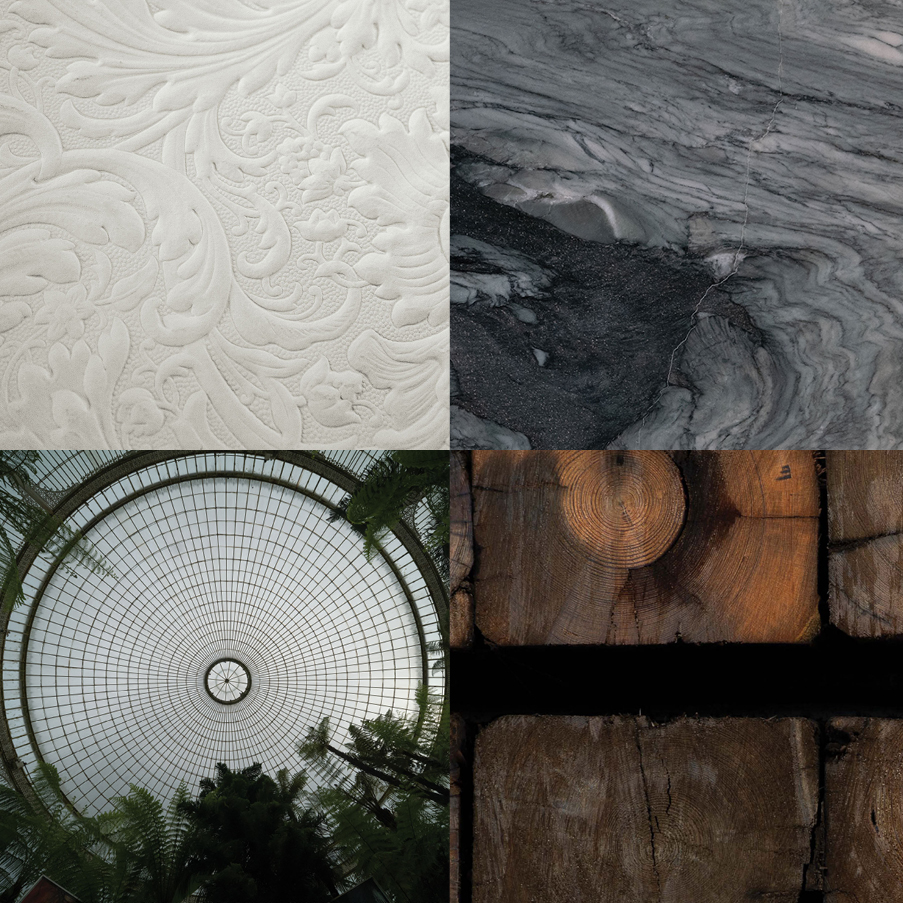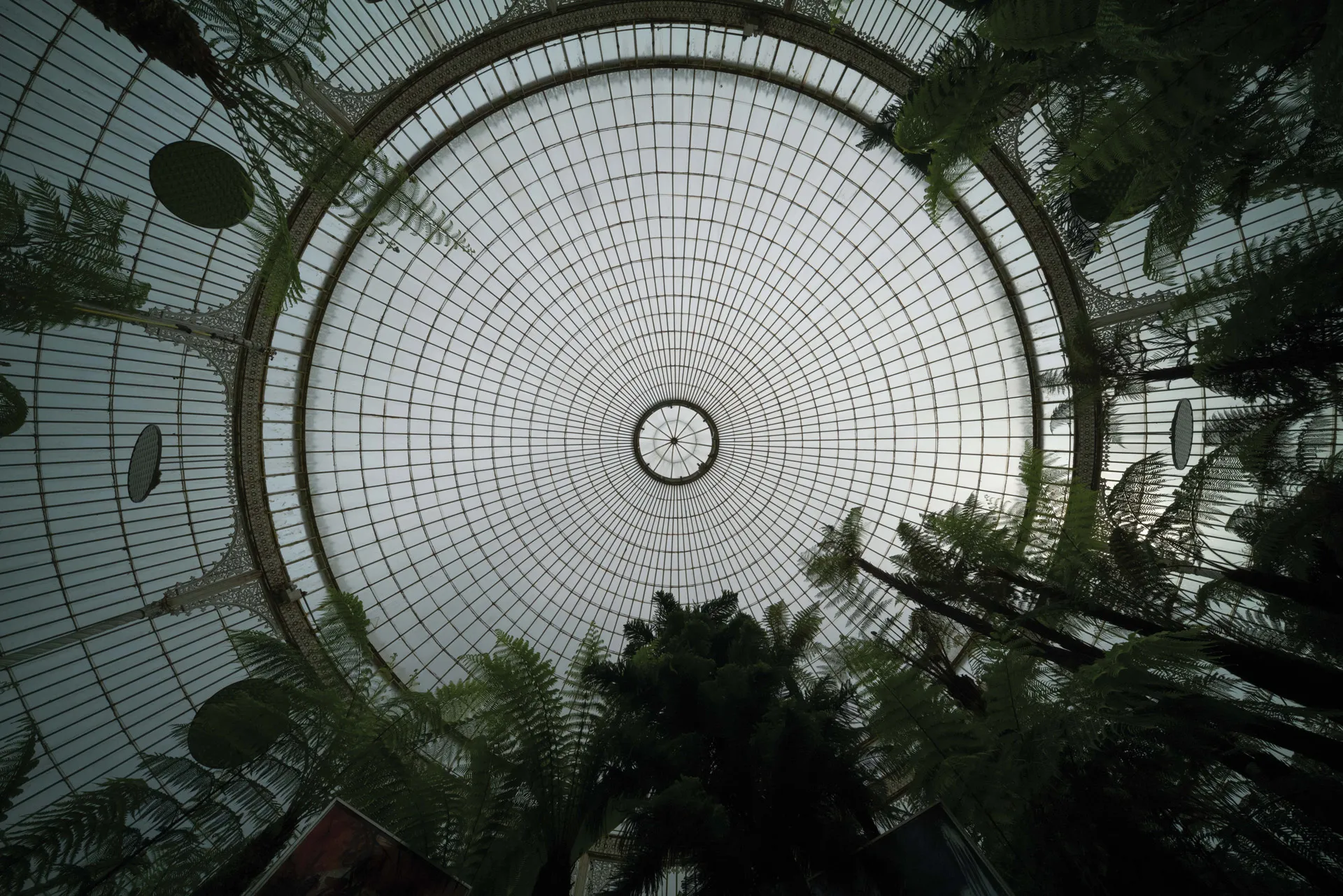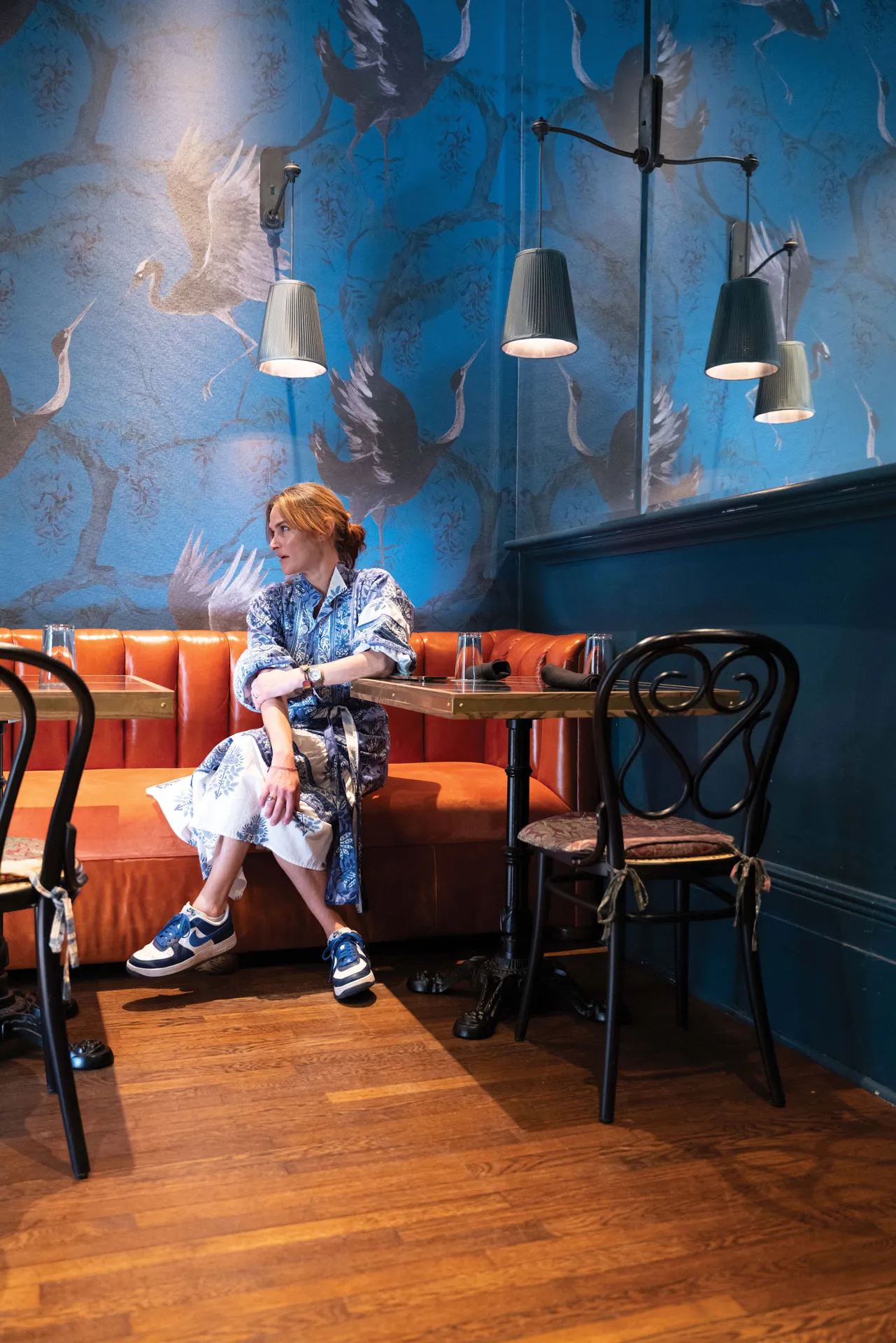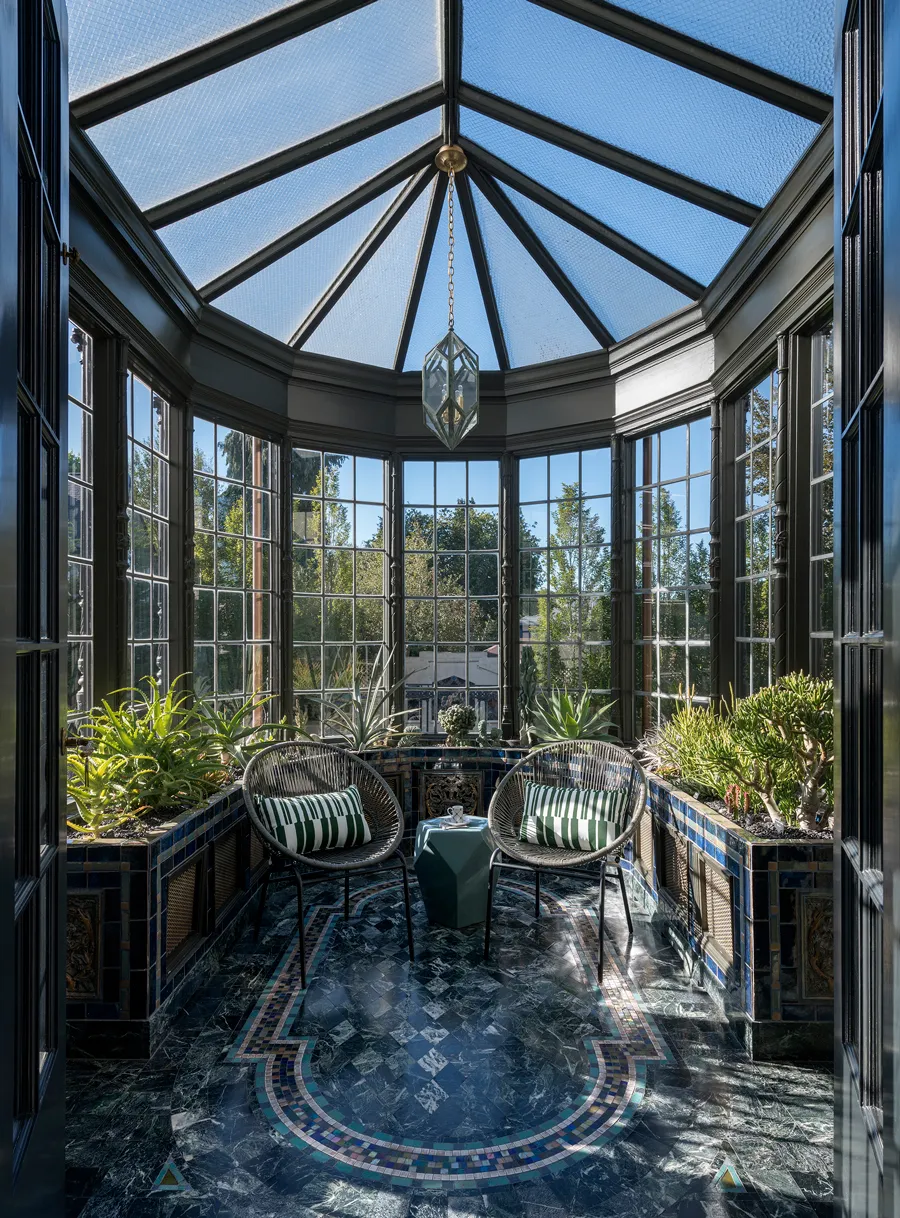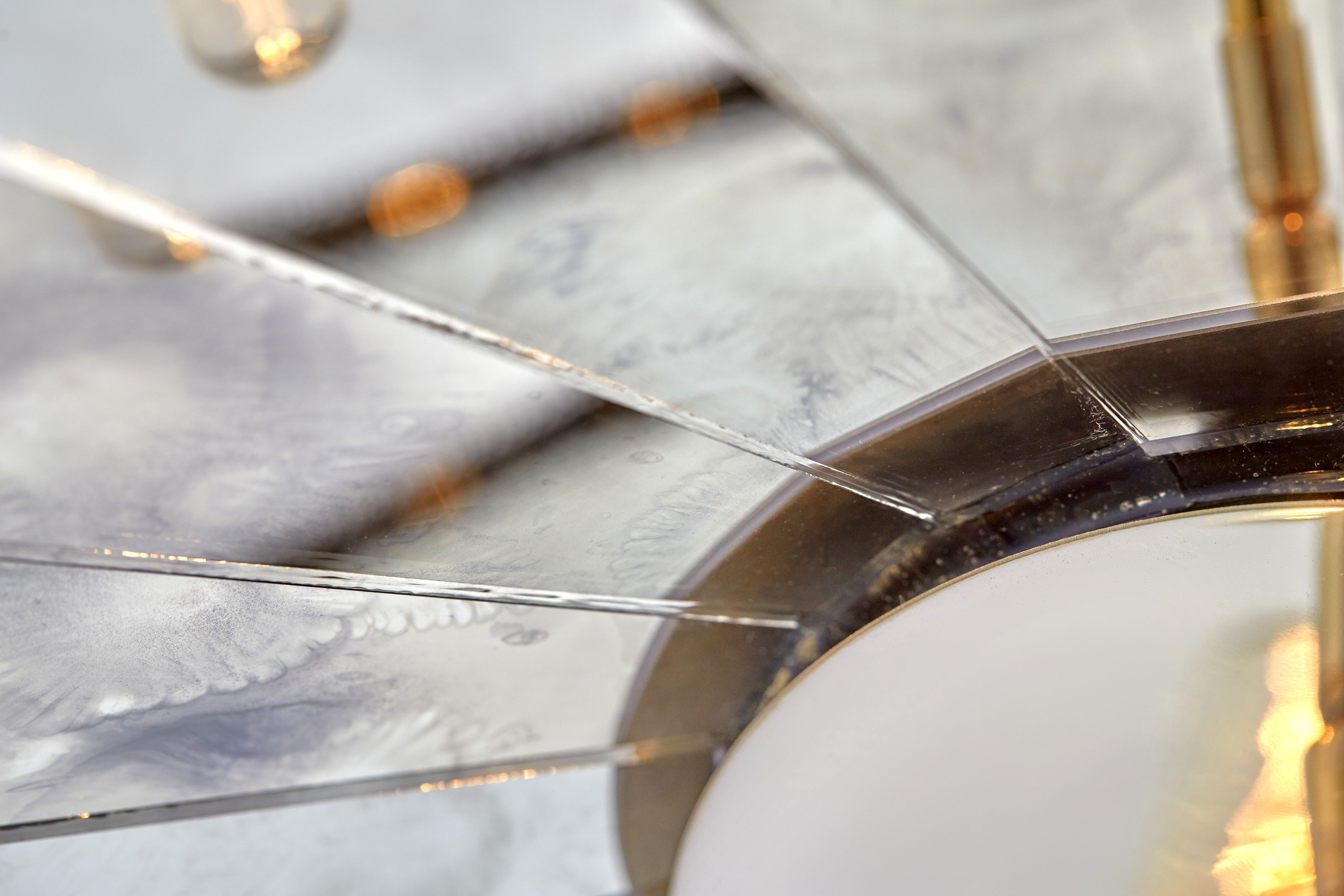Charles
Flickinger
TO begin the bending process.
There were a lot of old-timers who taught me how to do this. And it’s easy to get excited and caught up in the process even after all of these decades. But then I stop—we stop—and go, “Wait a minute; yes, this is amazing, but it’s also about so much more than just us. Because, you know, we are just standing on the shoulders of the guys who led the way.”
Over the years, I’ve trained or employed around a hundred people—craftsmen and craftswomen who have gone on to do glasswork, as well as ironwork and other artisan paths. We do big work but in a small way. We have 7,000 square feet here in the Red Hook shop, and our footprint, in terms of the spaces we reach, is much larger. But the effect when people walk through the workshop is the real tell. The reactions usually go something like, “Wow! This is interesting. Unusual.” And it is, especially in the world we live in today! To see people making a living with their hands—well, it’s really something special.
We bend glass just as the master craftsmen of Europe did in the 18th century, by slumping sheets into steel molds. But we don’t shy away from modern innovation, either: Our custom kilns use infrared technology for better energy efficiency, ensuring they produce the finest bent glass for the best price. That distinction is important and sets us apart.
The first thing you think about when you're working with glass, whether it's architectural or lighting or decorative, is structure. How are you going to support it? And so that's where we start and what we will build on.
We’ve had to learn as we go, and then we’ve applied those skills to future work—historic restoration, lighting the Grand Central food concourse, creating safety glass for exhibition cases at the Museum of Natural History and so on. We can do a lot thanks to this treasure trove of molds I’ve collected from my mentors and at various auctions— some of them are more than 150 years old! But we’re also creating new and original ones of our own.
My greatest sources of inspiration, beyond the mentors I learned from and my spirituality, are my own family. My grandfather owned a balloon factory. My grandmother fired pottery in her own kiln and taught me the power of a fire burning to 2,000 degrees. So much of my creative drive comes from my mother. She was a fearless seeker, a traveler who was always curious and wanting to explore. She loved taking us to places around the world we could learn from.
The art I’ve been exposed to in my life influences me in every way. I take painting classes from a Japanese instructor, Koho Yamamoto, who just turned 100 and is still teaching here in NYC. And I love literature. And poetry—nothing moves me like great poetry. Walt Whitman, Edith Bishop, Mark Strand. I just love poetry. I don’t read or write as much of it as I’d like these days, but it resonates with me nonetheless. Probably because it’s a lot like glasswork, when you think about it. They are both succinct. They both boil things down. And they both tell the truth.
